Could you live without plastic for an entire month? One woman reveals how her plastic-free journey went
Plastic-free July is an annual event for Faith Archer's family - would yours be willing to do the same?
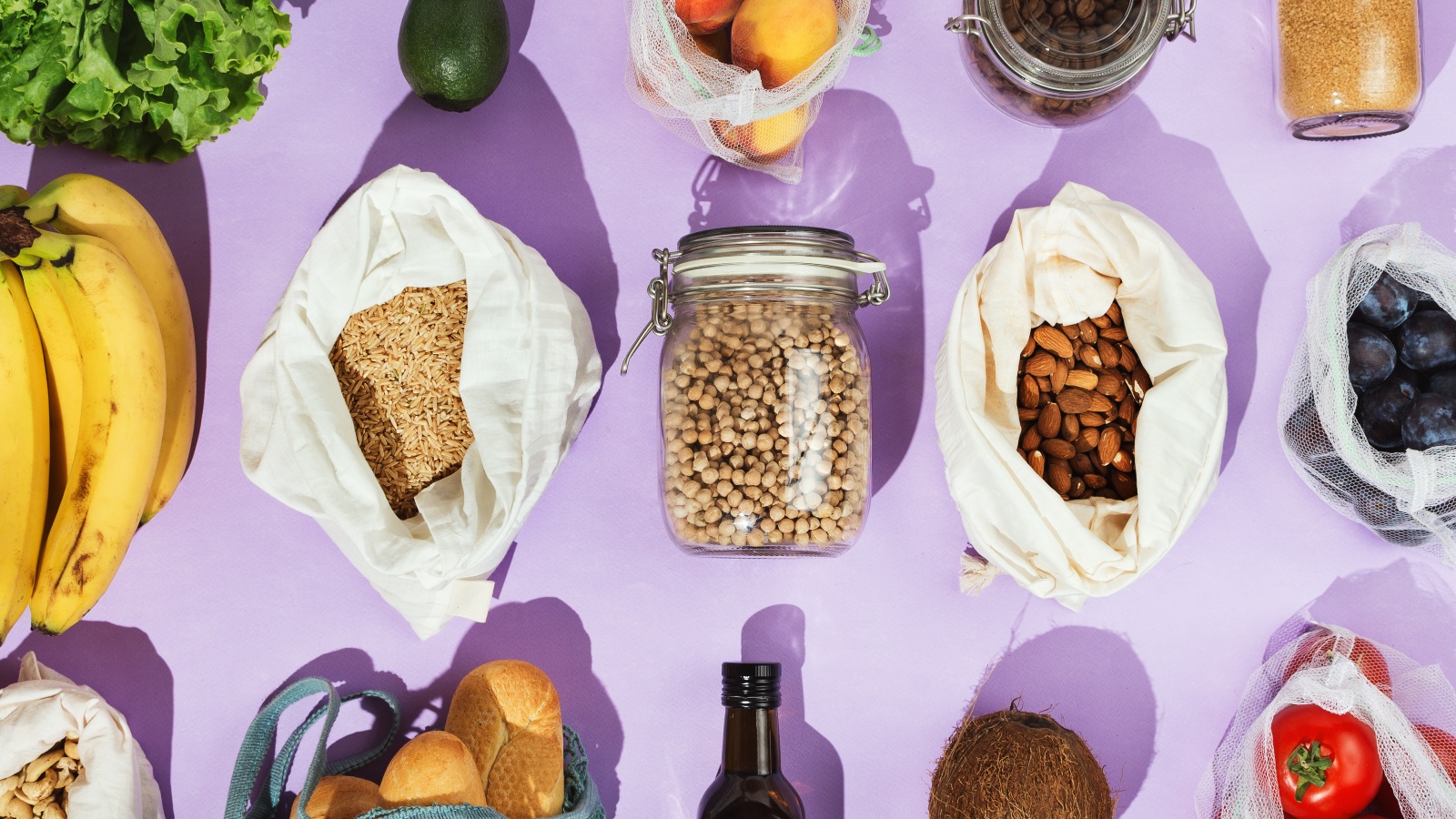
When I resolved to go plastic free for a month, I never expected to end up elbow deep in my dustbin.
Yet doing a ‘bin audit’, when you check what plastic waste you throw away, is a great way to discover which single use plastics your family use most. Plastic is essentially indestructible, which means for example that every plastic toothbrush you have ever used still exists. Distressing programmes such as War on Waste and David Attenborough’s Blue Planet II have highlighted the resulting environmental damage.
My plastic-free journey
Last summer and the summer before, I did my own small bit to avoid expanding the mountains of plastic pollution.
I took part in the Plastic Free July campaign, a global challenge each year where millions of people give up single use plastic for a month.
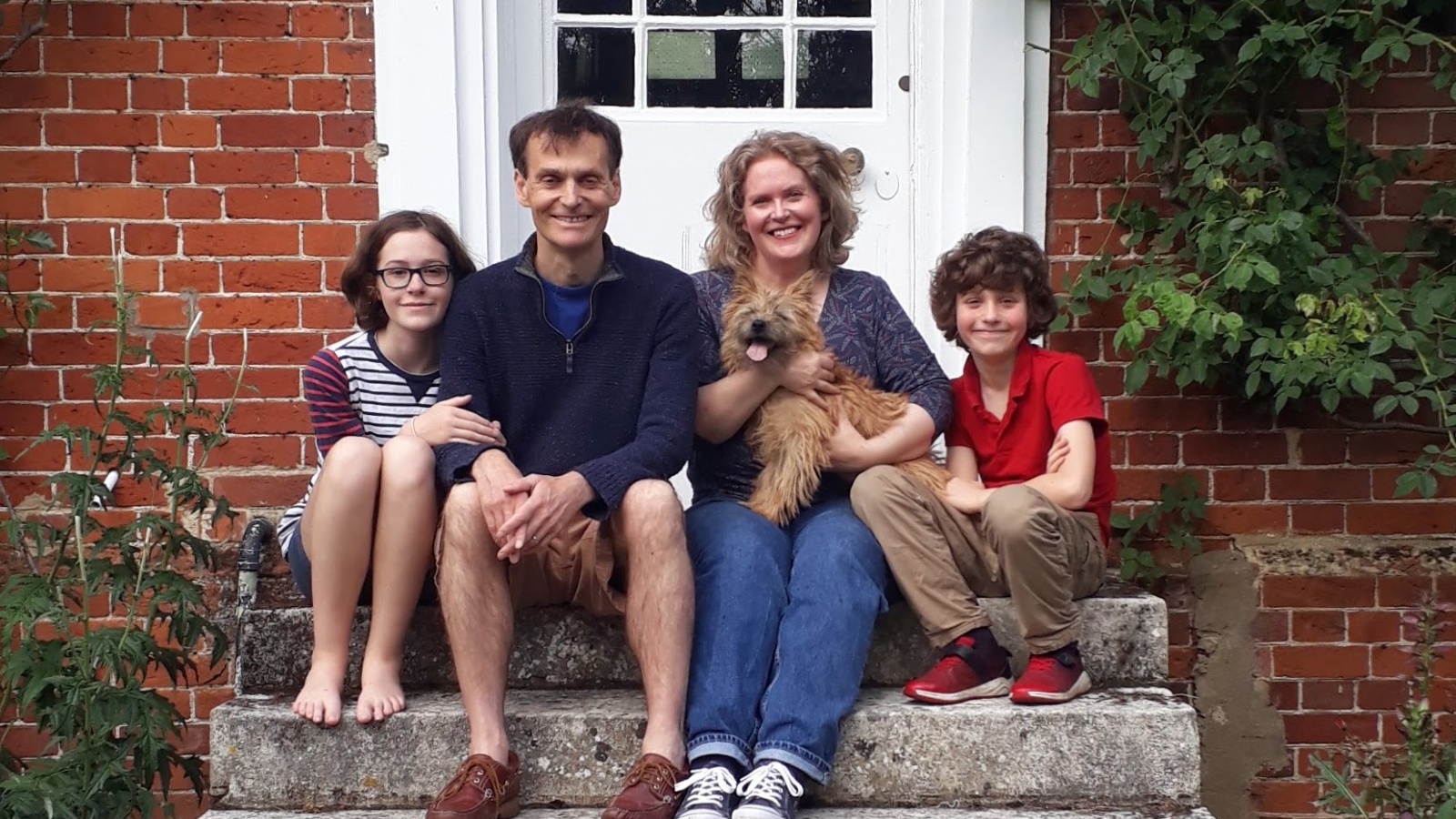
I reckoned skipping the big four items would be a doddle – plastic bags, plastic bottles, lidded takeaway coffee cups and plastic straws.
For cost cutting reasons, I already cart around a refillable metal water bottle and cotton bags and avoid buying coffee or cold drinks when out. But avoiding other plastic required distinctly more time and trouble.
I started by tackling food, and signed up for deliveries of milk and fruit juice in glass bottles. Quick trips to the supermarket disappeared, once I had to take my own bags and containers.
Sign up for the woman&home newsletter
Sign up to our free daily email for the latest royal and entertainment news, interesting opinion, expert advice on styling and beauty trends, and no-nonsense guides to the health and wellness questions you want answered.
I spent a lot more time waiting in queues and for quantities to be weighed out - at the till for loose fruit and veg, Morrisons deli counter for chunks of cheese, the butchers, fish van and greengrocers.
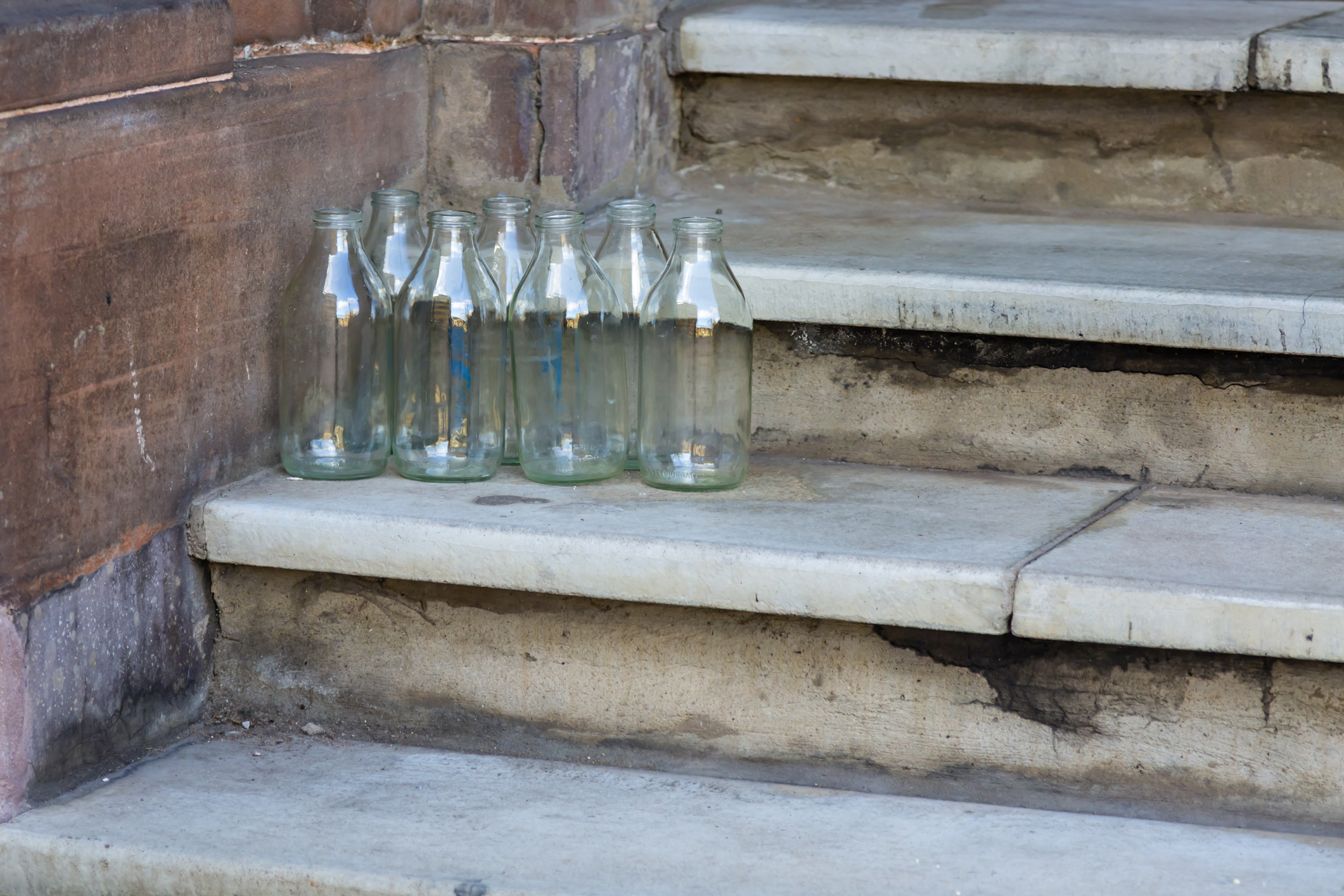
Our choice of food was restricted by avoiding plastic packaging. For example, bread and lettuce were difficult to buy if I couldn’t make it to Hadleigh market on Friday mornings. Frozen peas disappeared from my meal plans. We had to make a special trip to a refill store to find plastic-free rice, pasta, cereal and cleaning fluids.
Above all, going plastic free required more planning. Plastic free takeaway food and ready meals are rarely an option out here in Suffolk. That left me reliant on bulk cooking or our slow cooker to cope with nights when I couldn’t face the kitchen.
On outings or work trips, I had to take packed lunches in paper bags or reusable containers, as we couldn’t just grab a sandwich deal from a supermarket.
And did you know all these items contain plastic? Teabags, usually sealed with polyethylene. Stickers on loose fruit. Chewing gum. Cigarette butts. Glitter. Balloons. ‘Flushable’ wet wipes. Most tampons and sanitary towels. Paper coffee cups, with a plastic lining. Jar lids, lined with plastisol. Drinks cans, often lined with epoxy. Tin cans, with Bisphenol A (BPA) lining. Tetra Pak cartons. Clothing from man-made fibres, such as nylon, polyester, acrylic and micro fibre fleece.
My family's reaction to going plastic-free
Back at home, Plastic Free July was a mixed success with my family.
My children, now 13 and 11 years old, started out tentatively keen to go green.
However, they were horrified when it ruled out most crisps, biscuits, sweets, chocolate and cereal. We headed to a traditional sweet shop for ice cream cones and paper bags of the few sweets not wrapped in plastic. I baked biscuits, made porridge and popped popcorn (kernels bought from a refill store), but these were not viewed as acceptable substitutes.
As 11-year-old George said: “It was terrible! No good snacks – ever. At least I got really into apples.”
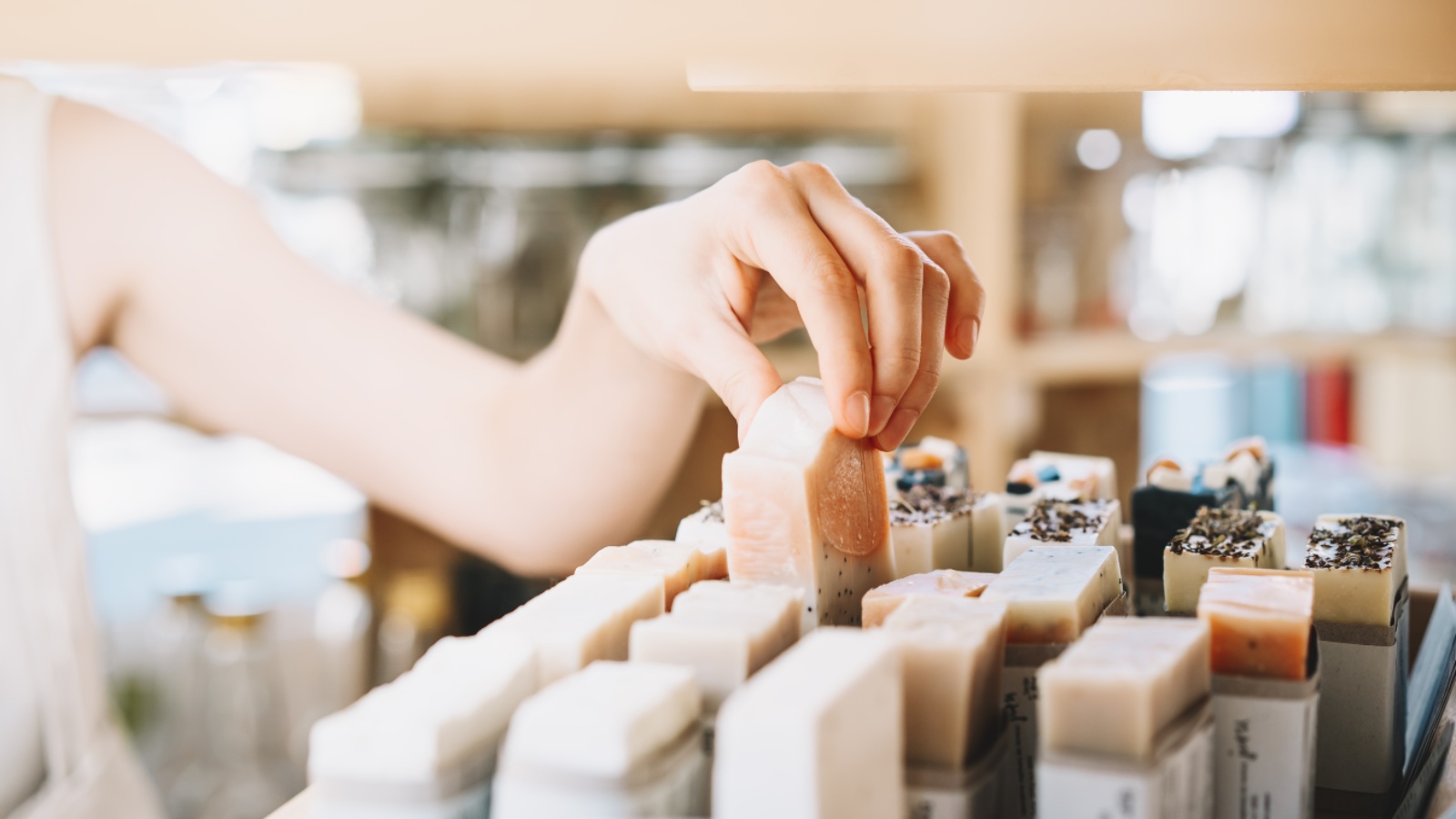
Instead, they sabotaged my efforts by spending their pocket money on plastic-wrapped snacks.
My husband, who works for a wildlife charity, was an enthusiastic participant, but even he was concerned about the impact of Plastic Free July on our summer break. I caved in and ordered an online supermarket delivery to our self-catering holiday cottage, despite the swathes of plastic packaging, to avoid dragging everyone round multiple different shops and markets.
How much did it cost to go plastic-free?
Sadly, it seems to cost the earth to do a tiny bit to save the planet.
The stuff I bought from specialist shops, such as a meat, and fish, was often great quality but noticeably more expensive. Food and other products packaged in paper, cardboard and glass were also pricier.
Comparing prices on household products, I spent four times as much as I normally would for deodorant in a jar and bamboo cotton buds. It was five times as much for plastic-free period products and beeswax wraps, and seven or eight times as much for shampoo and conditioner in solid bars. This made the paper-wrapped loo roll (25% more) and concentrated laundry liquid capsules (33% more) look like bargains in comparison.
Elsewhere, I struggled to find plastic-free alternatives for personal essentials such as my contact lenses, electric toothbrush and any medicines.
Cutting up a ripped cotton sheet has saved cash though, compared to using kitchen towel.
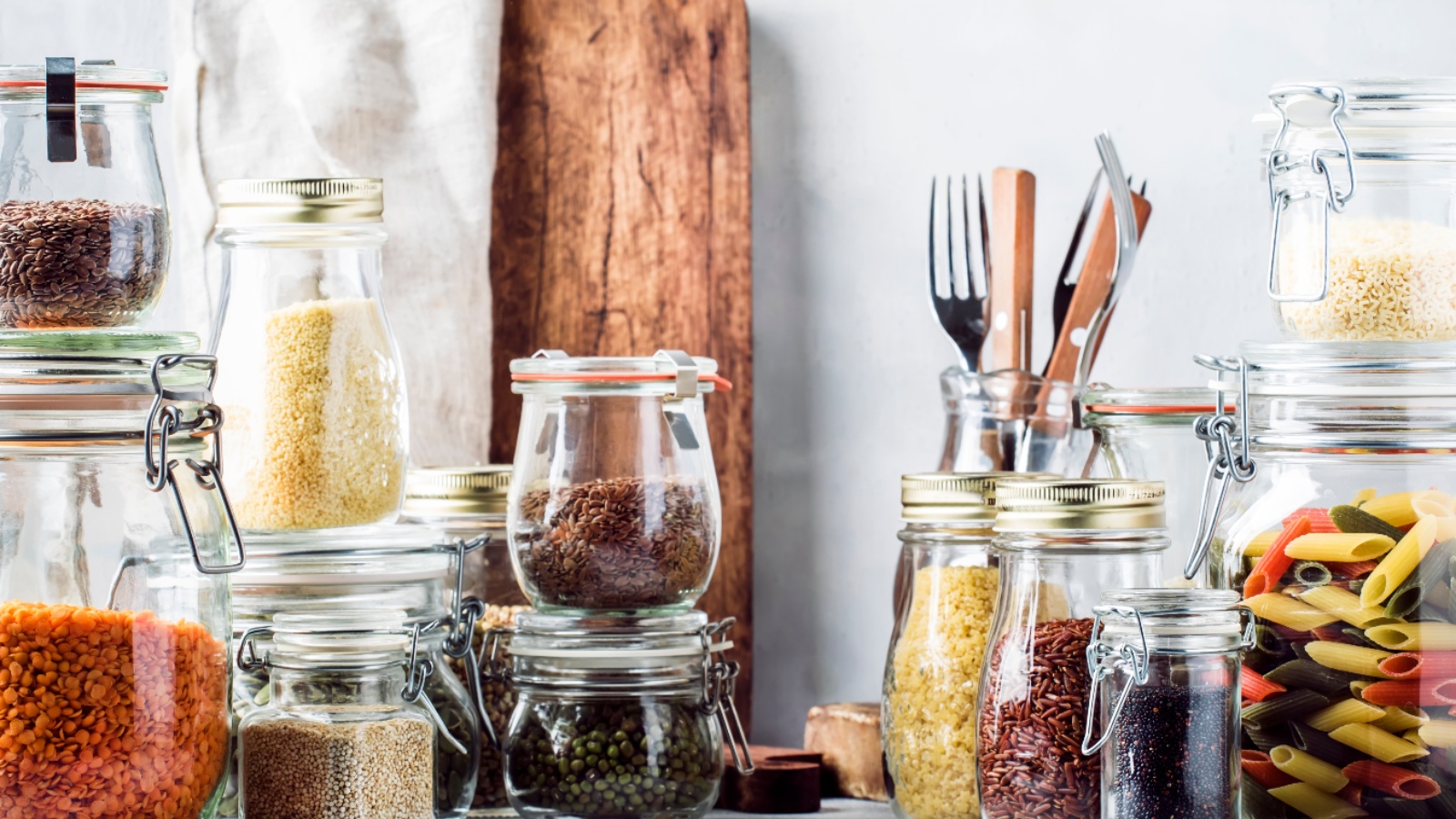
Which plastic-free swaps stuck for us?
I can’t pretend all my plastic-free swaps have stuck, but I do try to pick plastic-free alternatives where possible.
Longer lasting changes include using bars of soap rather than plastic bottles of handwash, our wooden handled washing up brush and the compost heap, which cuts down on bin bags.
We still get milk and loo roll delivered plastic free. I replaced disposable razors with a metal safety razor and I rarely use cling film any more.
However, as a working mother, I returned to supermarket shopping as it saves so much time and trouble, although I do buy loose produce when available.
On the plus side, at least wine comes in glass bottles...
Meanwhile, try these tips to help you avoid plastic:
- Start with the plastics that are easiest to remove from your lifestyle and focus on progress not perfection. It’s incredibly hard to eliminate plastic waste completely.
- Carry a refillable water bottle or reusable coffee cup and keep reusable shopping bags in your handbag and car boot.
- Track down supermarket counters, butchers, fishmongers, markets and refill stores that will let you provide your own containers.
- Grow salad leaves and herbs on your kitchen windowsill.
- Switch to beeswax wraps and reusable containers when storing food.
- Consider a soda maker or carbonator, if you can’t kick your fizzy drink habit.
- Buy paper-wrapped loo roll in bulk from places like Who Gives a Crap and Bumboo.
- Start a clothes buying ban or stick to natural fibres such as cotton, silk and wool.
- Think ‘what would my great-grandmother do?’ to identify plastic-free alternatives.
Check out PlasticFreeJuly.org for more info and resources.
Faith Archer is an award-winning money journalist, previously Deputy Personal Finance Editor at The Daily Telegraph, and now a columnist at Woman&Home and blogger at Much More With Less
Faith aims to make money matters easier to understand, with practical tips on everything from household bills and family budgeting to investments, pensions and tax.
-
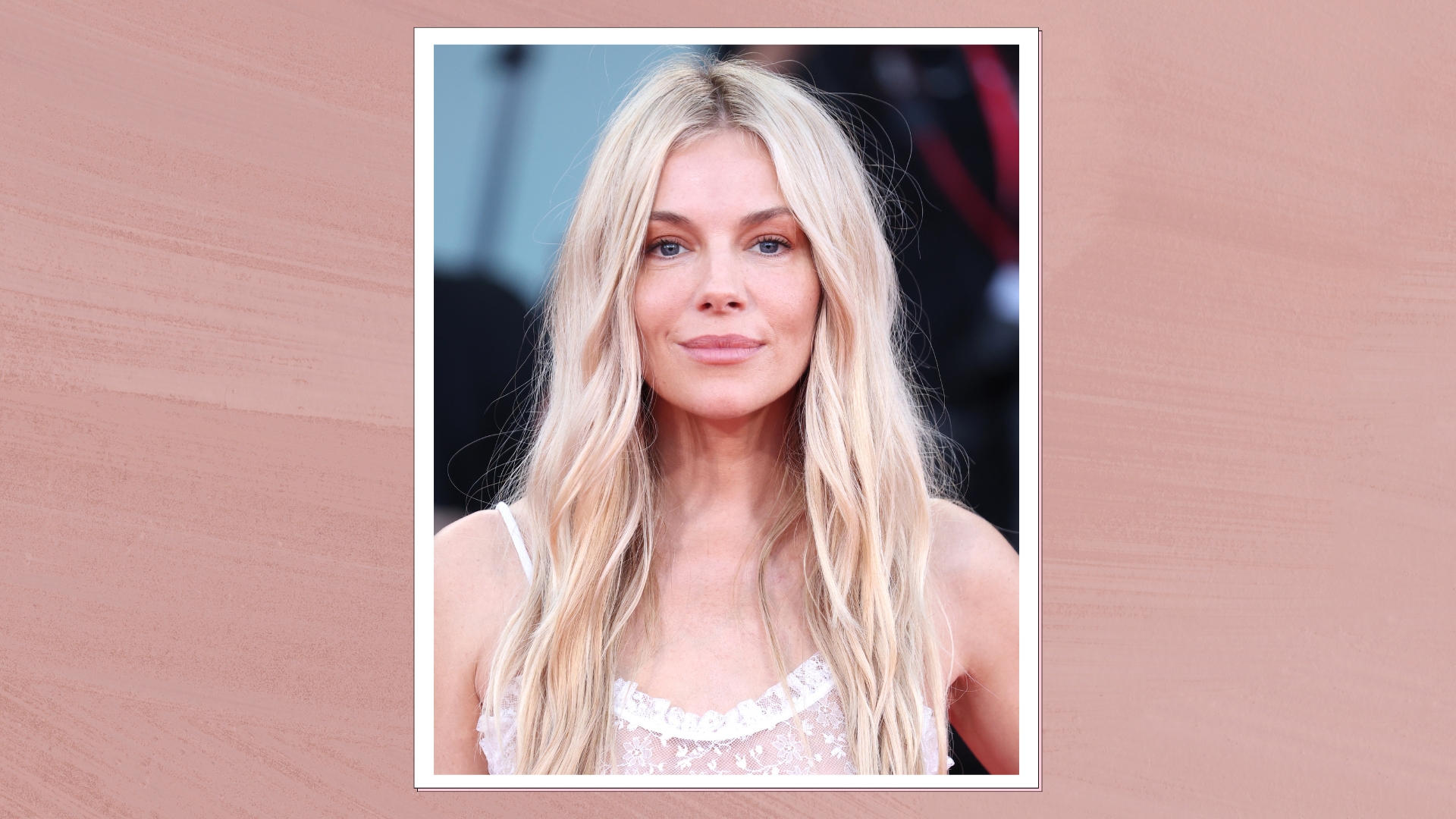 We're in awe of Sienna Miller's easy-going and 'piece-y' hairstyle and how perfect it is for spring
We're in awe of Sienna Miller's easy-going and 'piece-y' hairstyle and how perfect it is for springThis laid-back hairstyle is - quite literally - making waves this season
By Naomi Jamieson
-
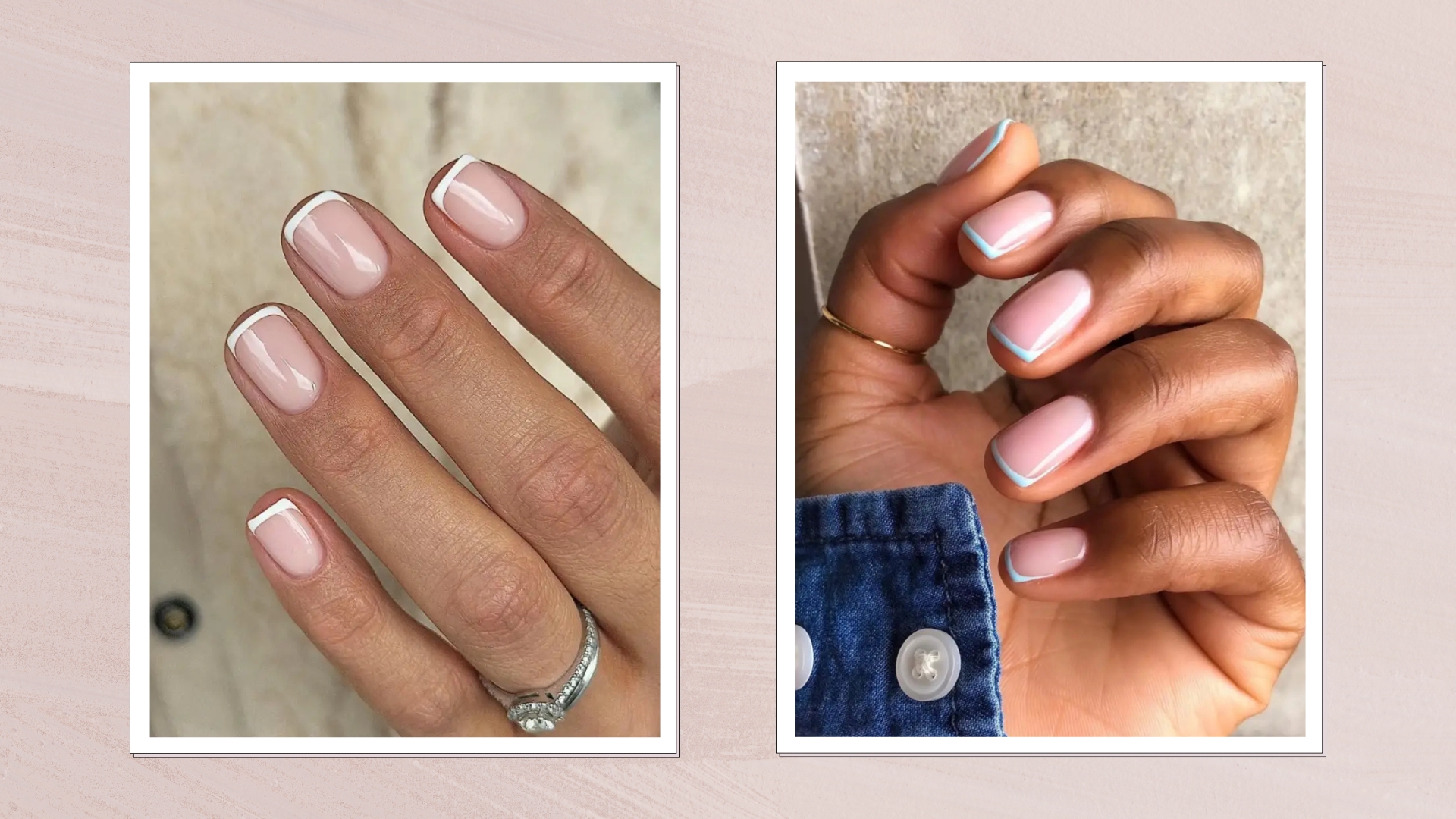 We never thought we'd see this 'dated' manicure make a chic comeback, but here it is - and we're on board
We never thought we'd see this 'dated' manicure make a chic comeback, but here it is - and we're on boardClean and angular, short square French tips are a go-to this season for a practical but stylish manicure...
By Naomi Jamieson